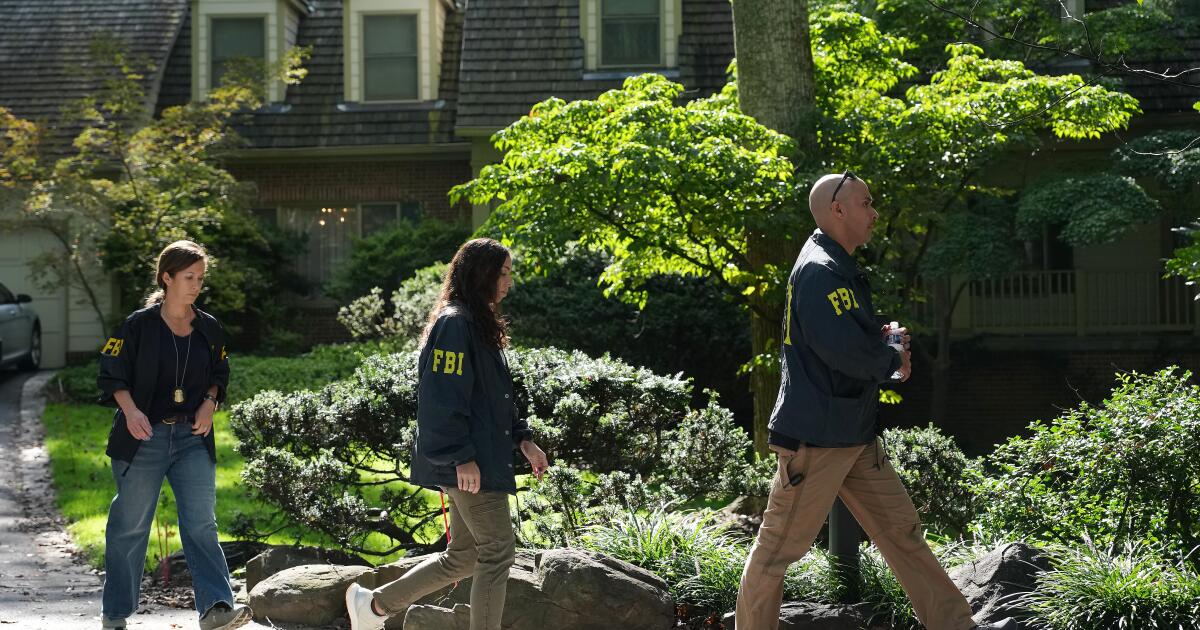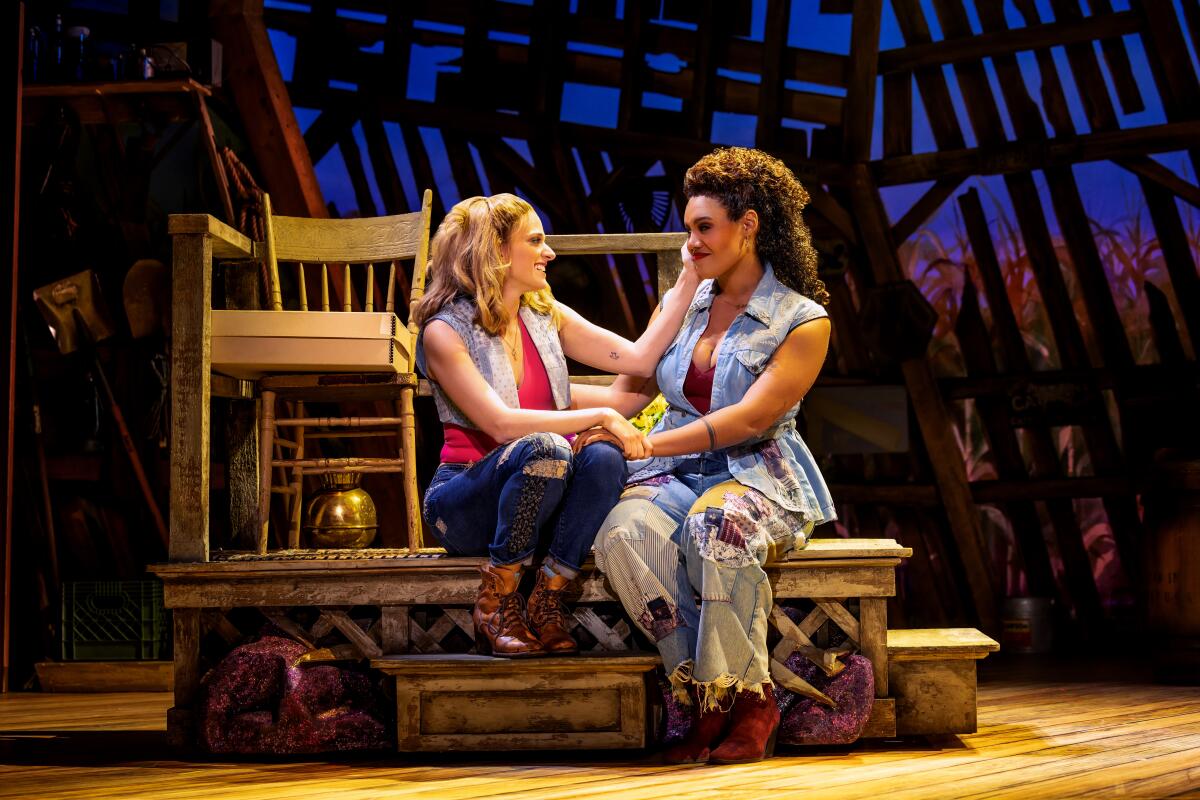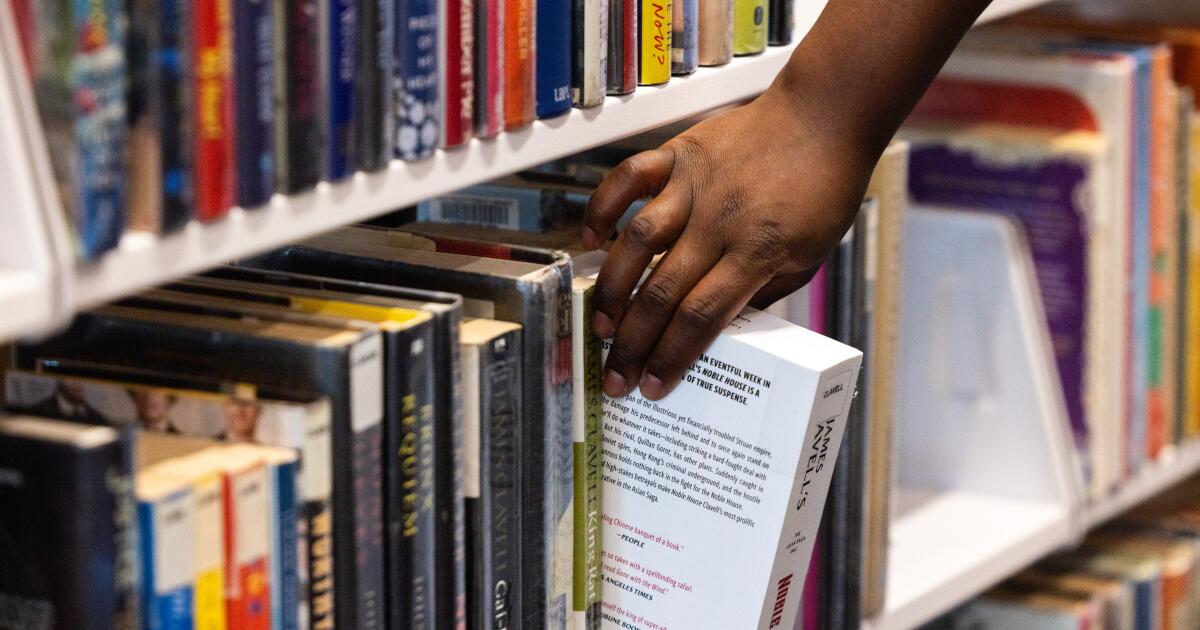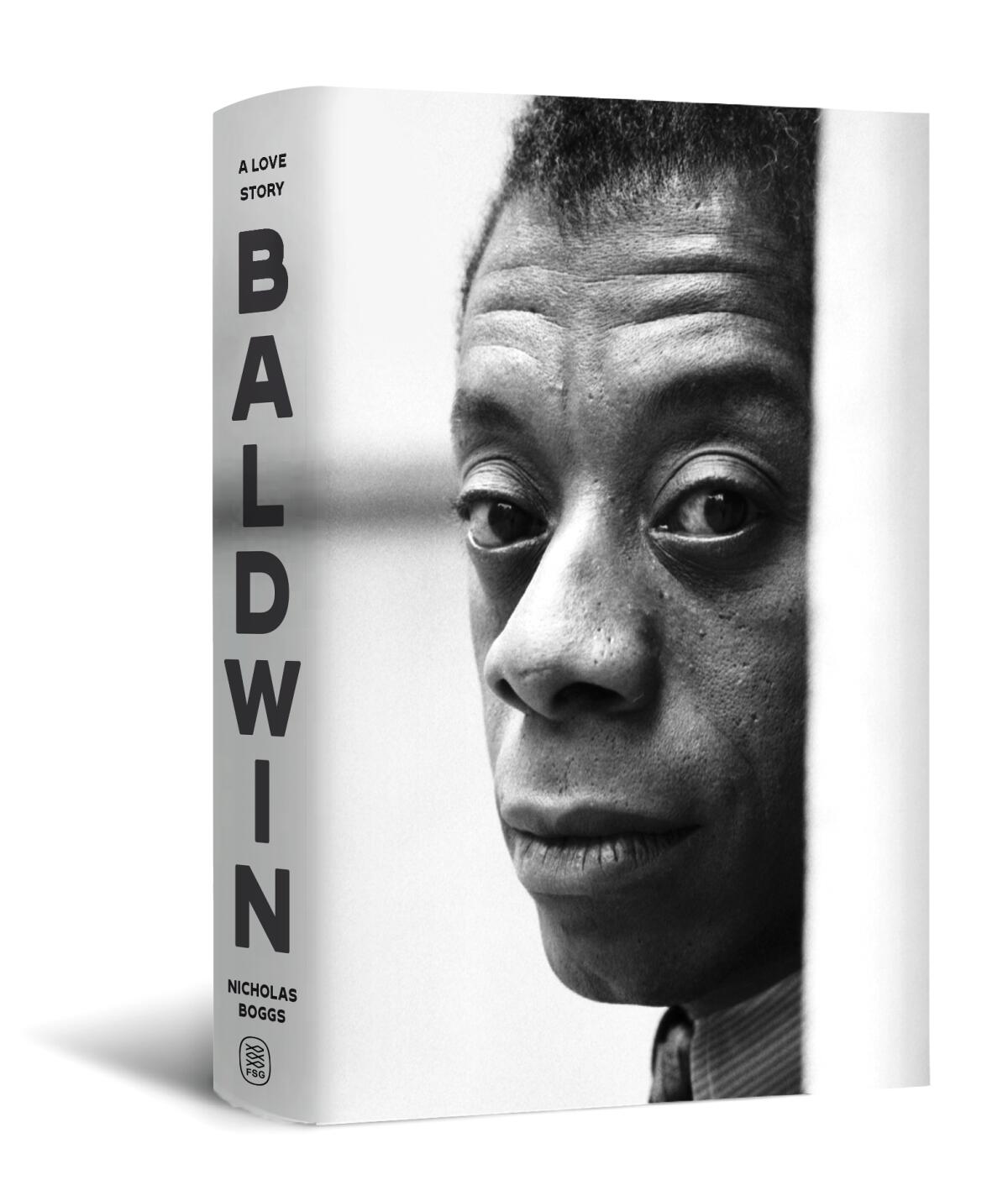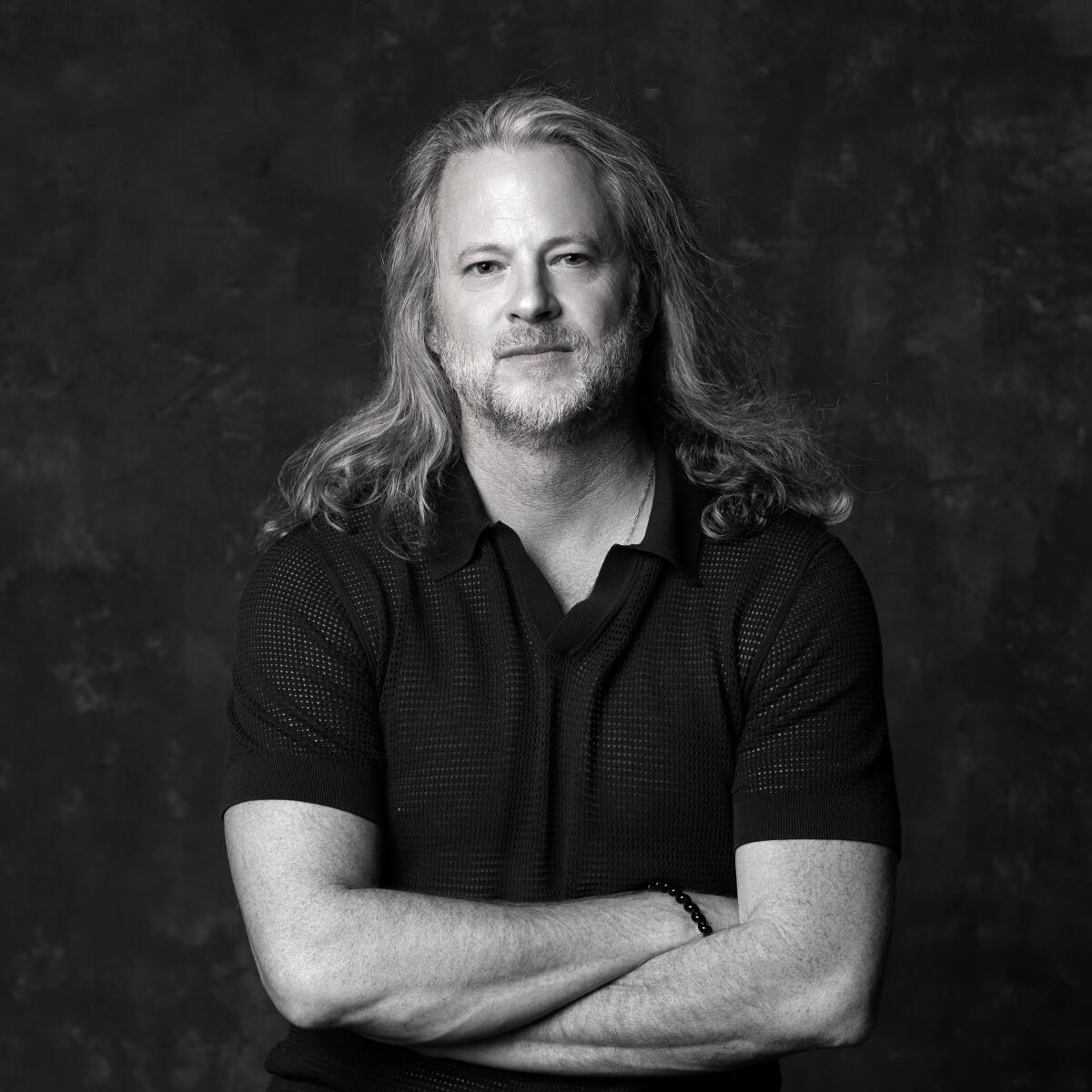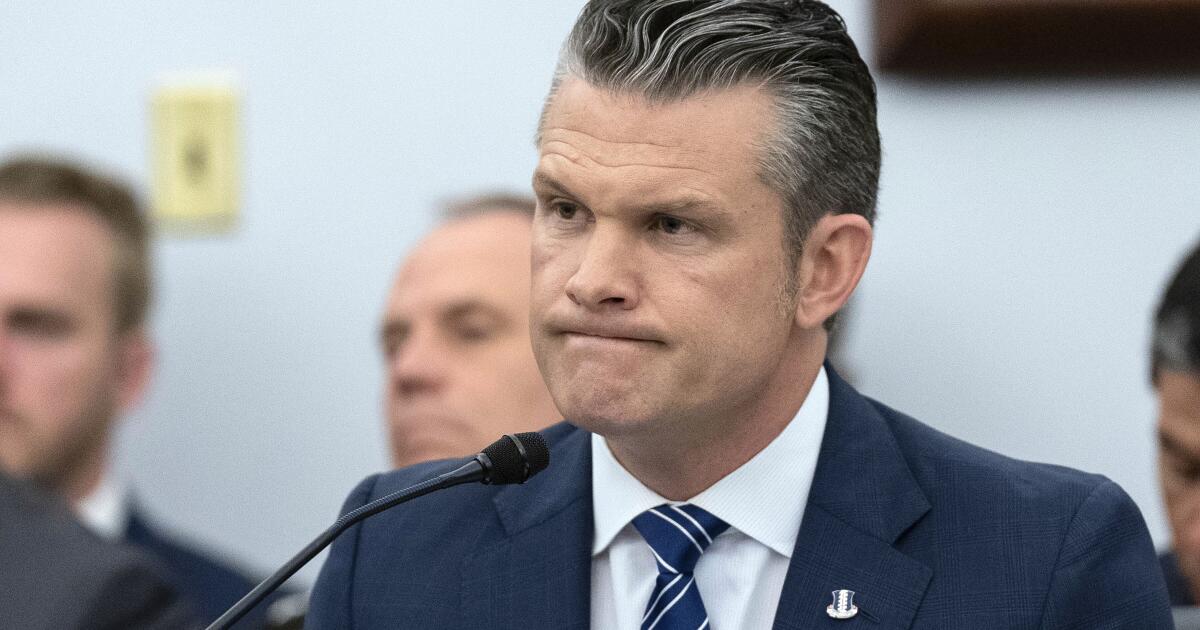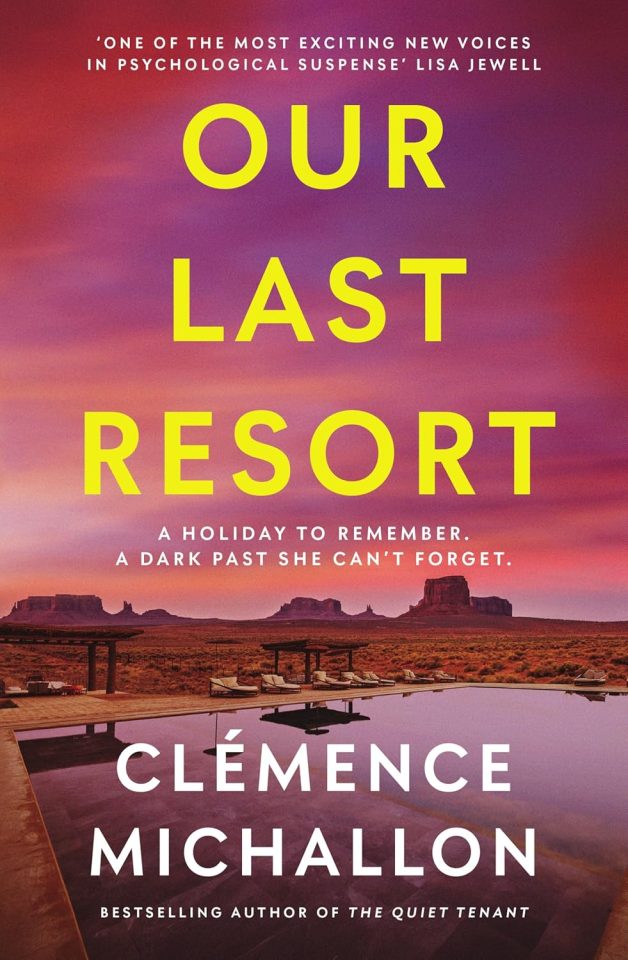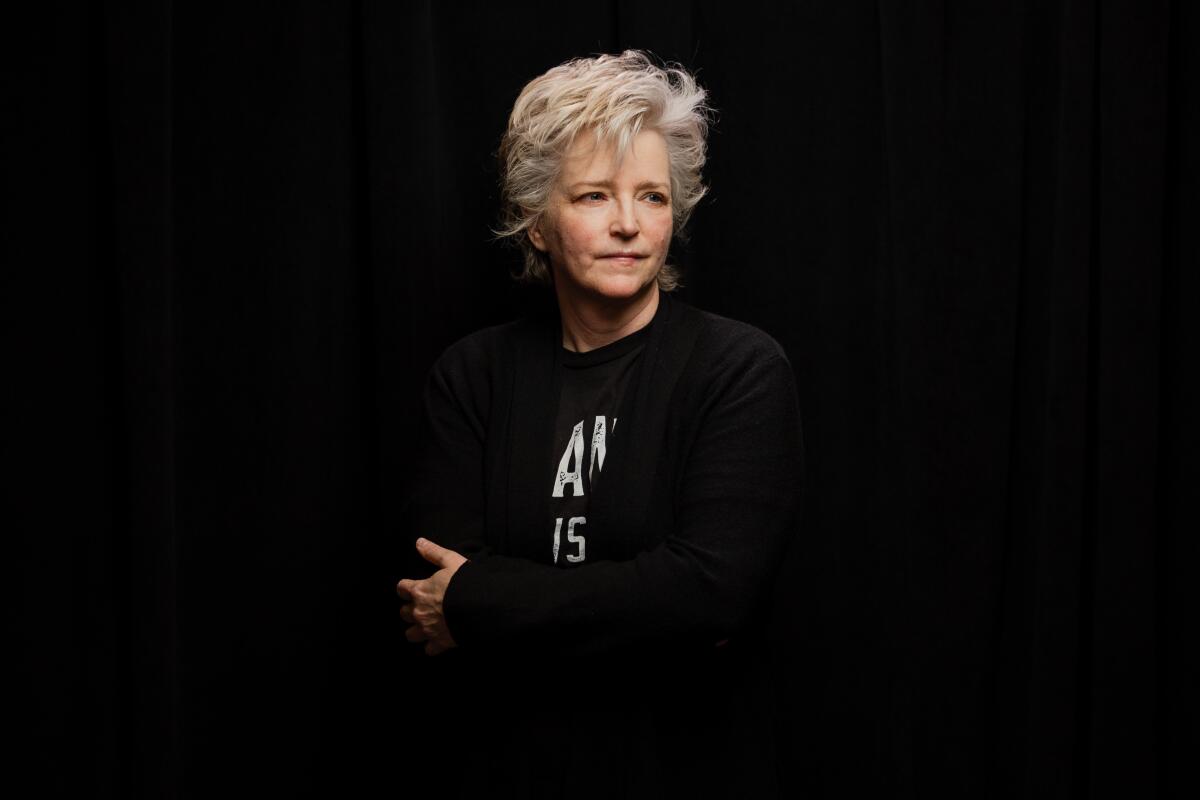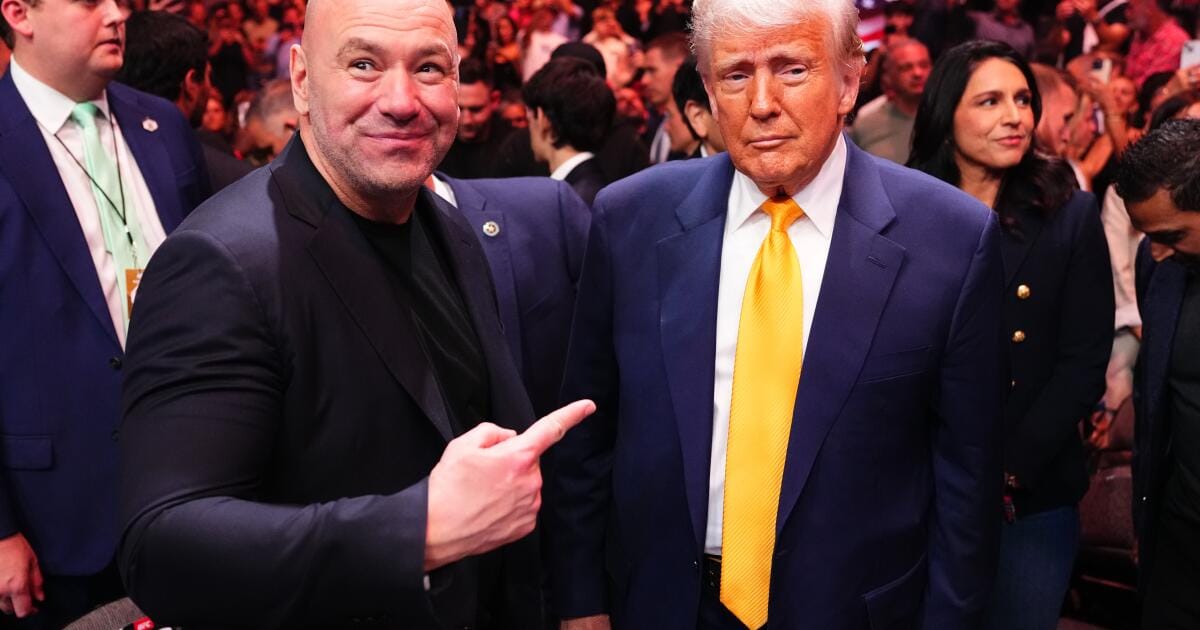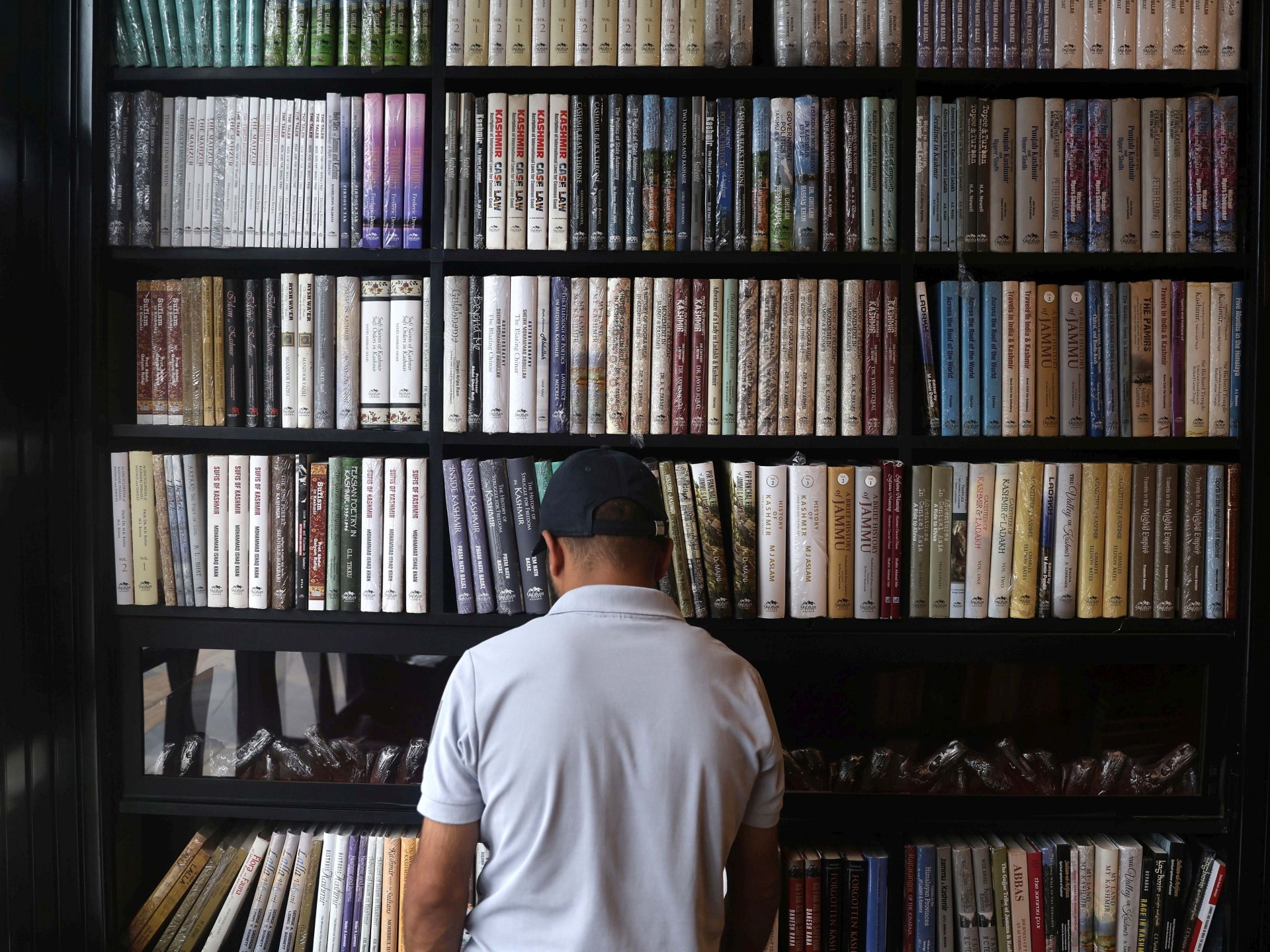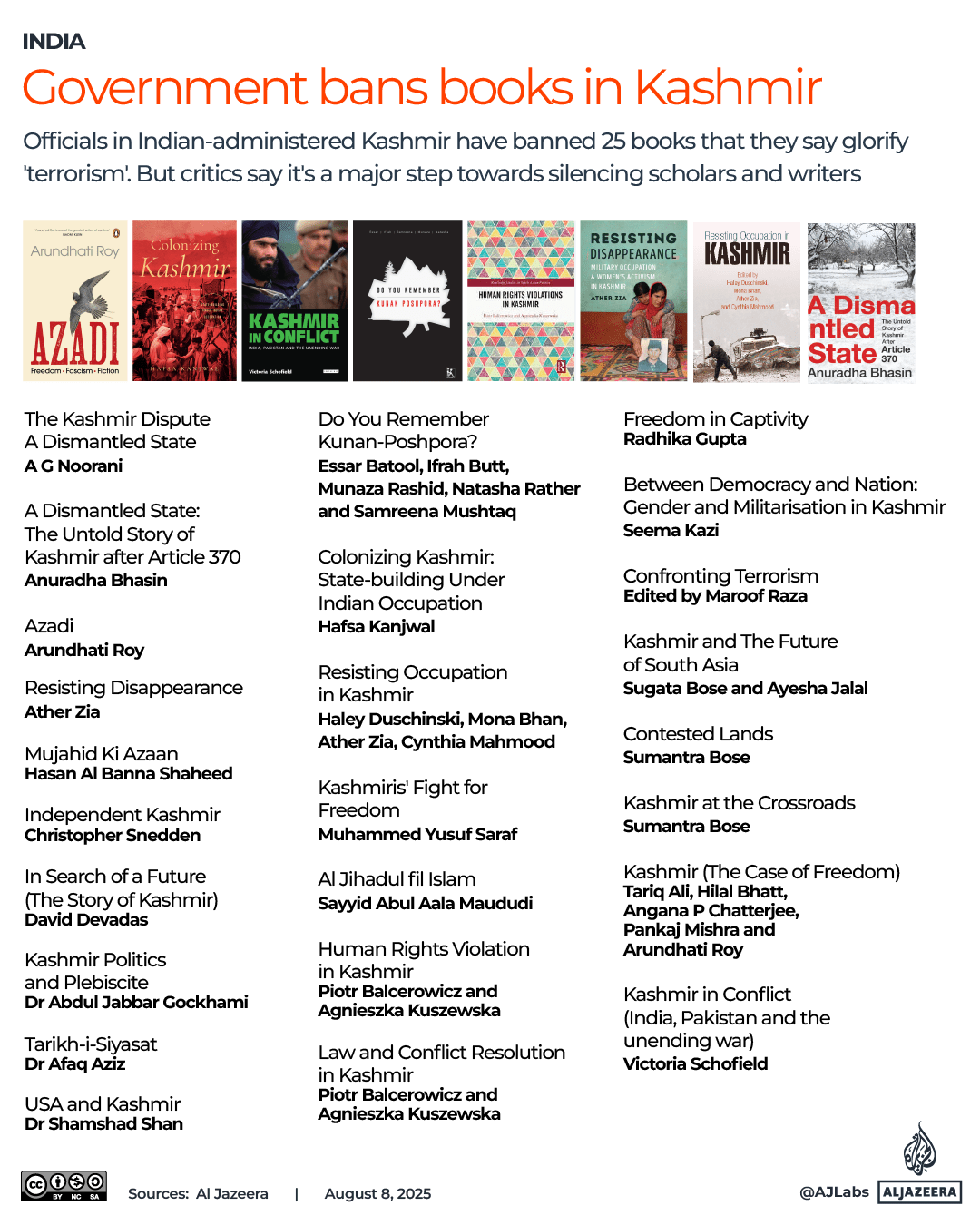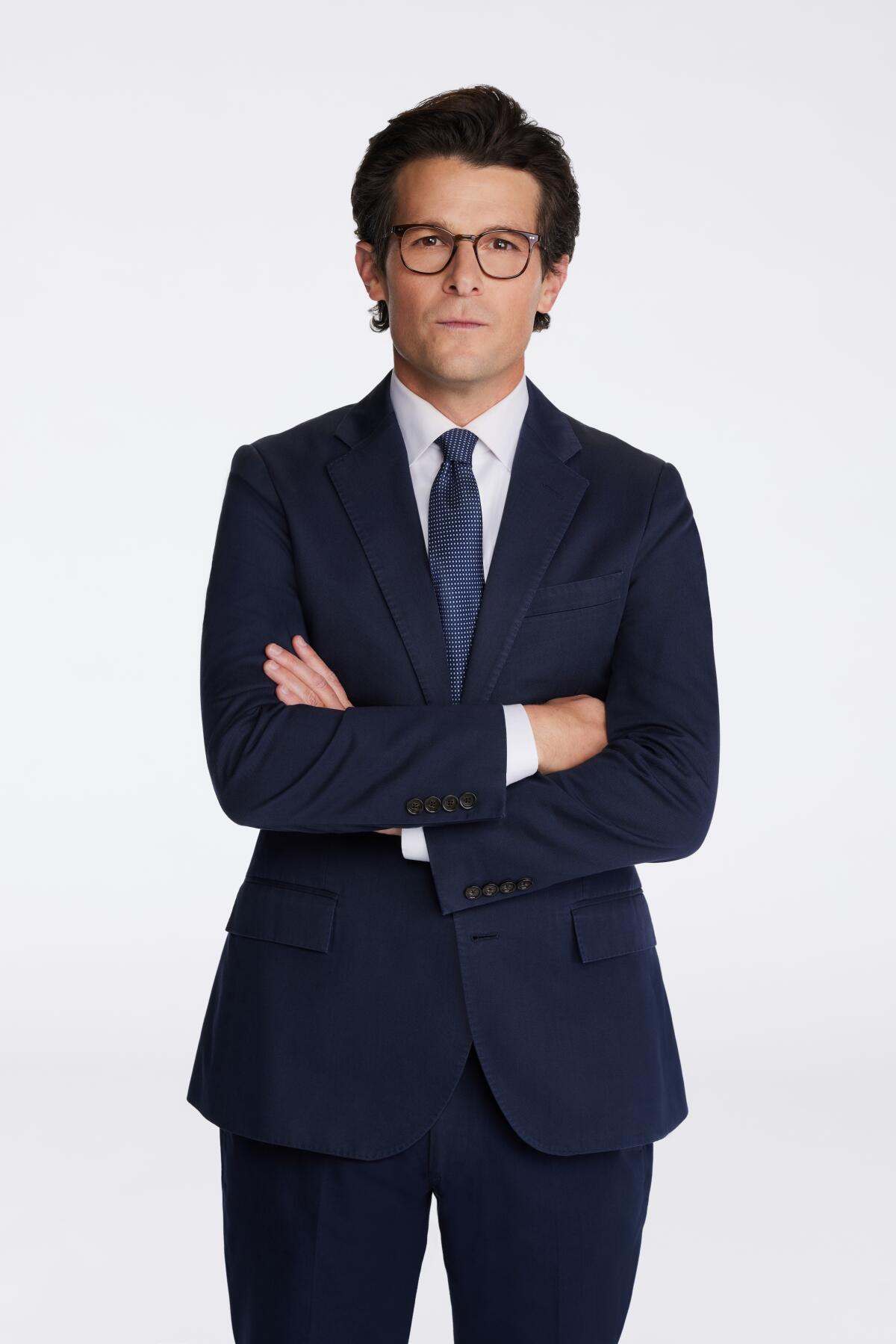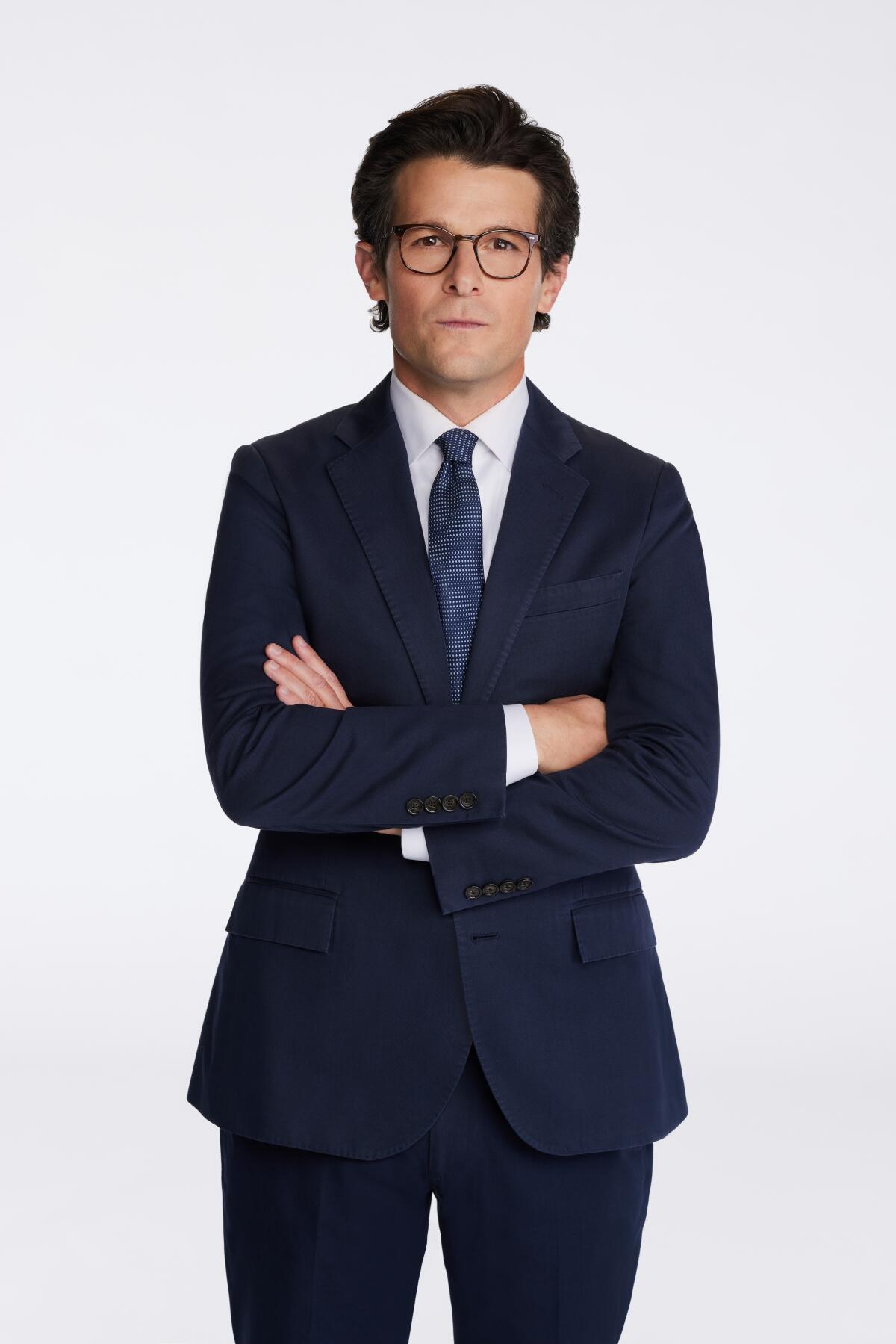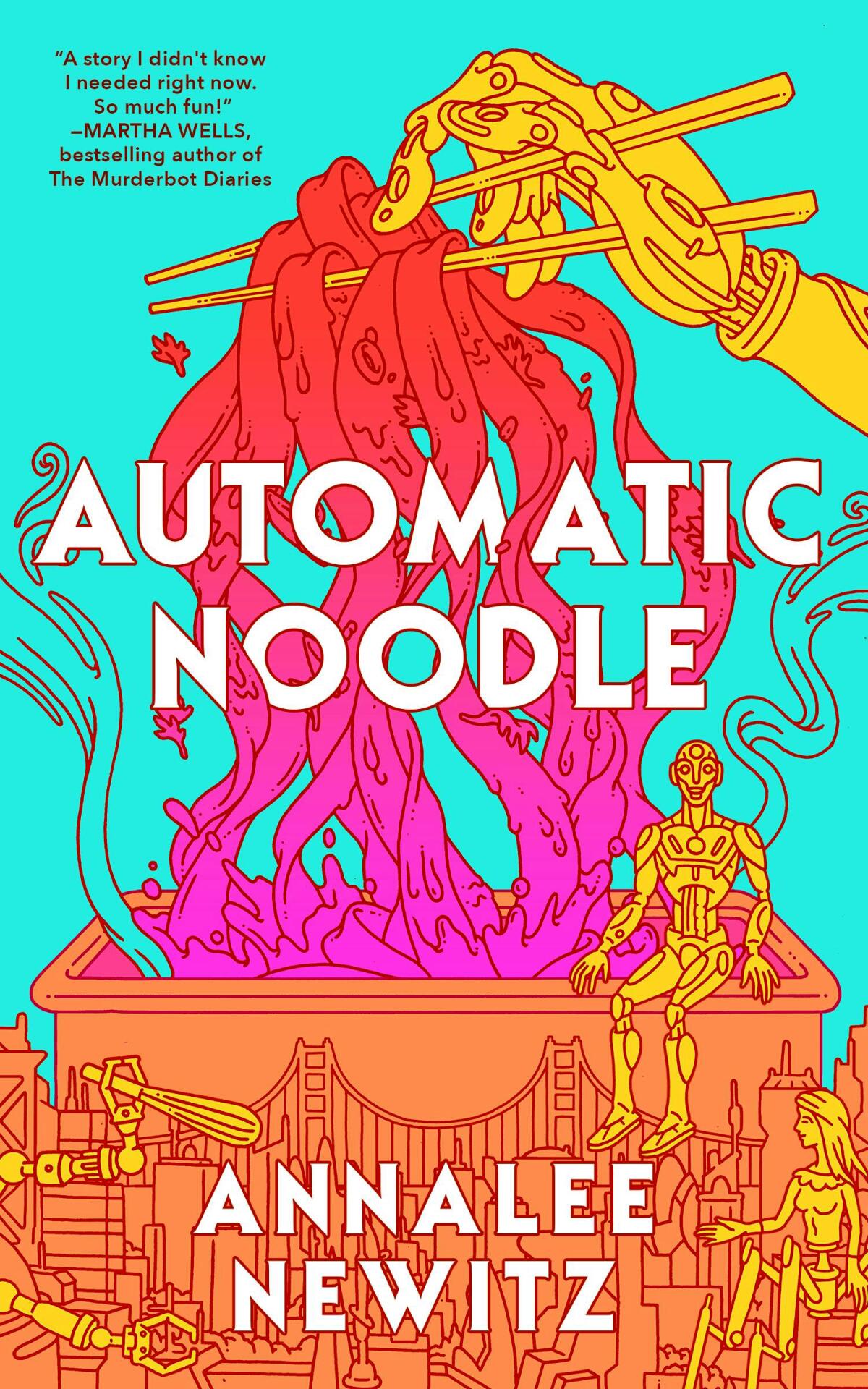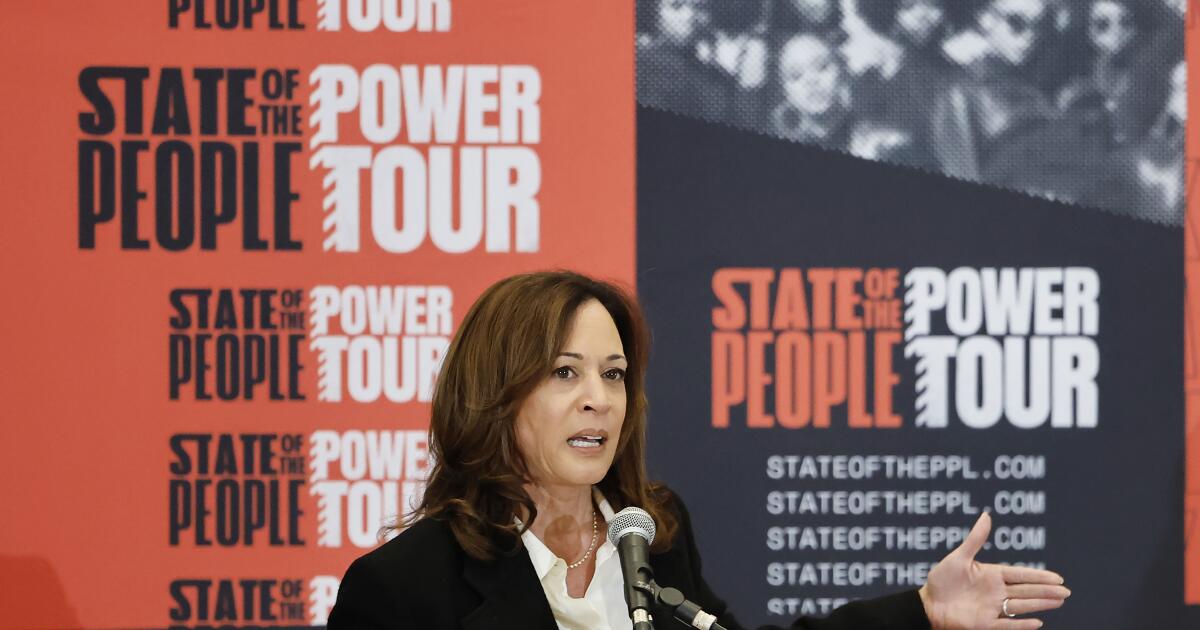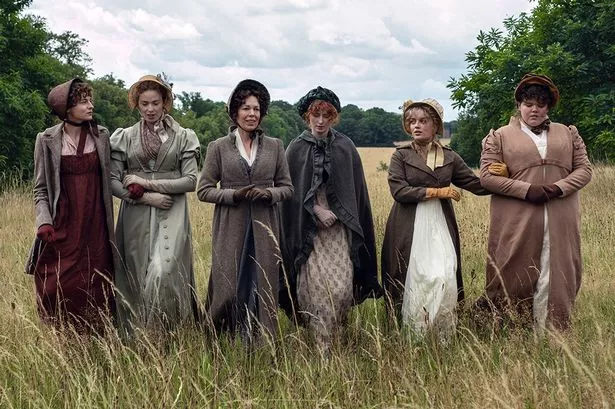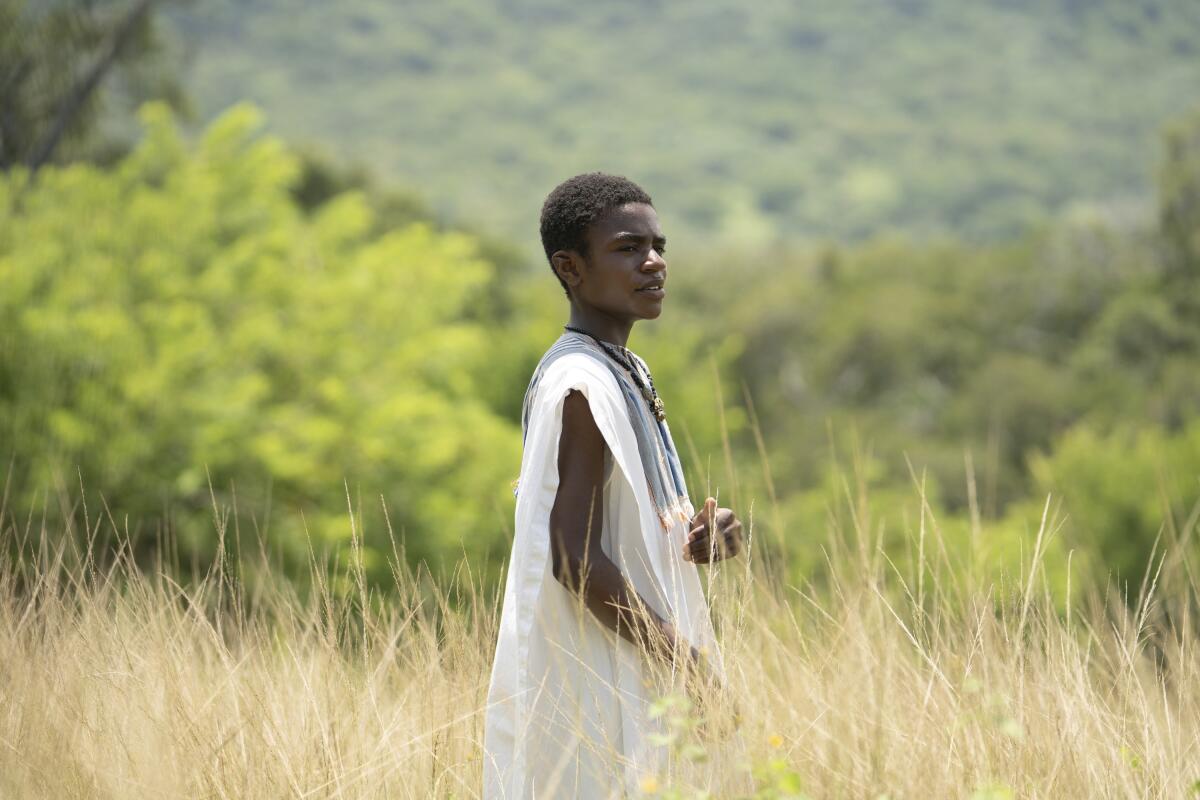Former Vice President Kamala Harris closed a big door when she announced Wednesday that she would not run for California governor. But she left open a heap of others.
Departing presidents, vice presidents, first ladies and failed presidential candidates have pursued a wide variety of paths in the past. Empowered with name recognition and influence but with no official role to fill, they possess the freedom to choose their next adventure.
Al Gore took up a cause in global warming, while George W. Bush took up painting. John Kerry and Hillary Clinton went on to become secretary of State, while Donald Trump fought off prosecutors, launched new business ventures and plotted his return to power. Barack and Michelle Obama grew their foundation, wrote books and started a production company — and both have done podcasts, too — while remaining prominent voices within the Democratic Party.
Of course, Harris could focus all her energy on another run for president in 2028. But how would she do that, and what would she do to remain politically relevant in the meantime? Which other paths might she choose instead?
“She just finished writing a book. She’s finally decided she’s not running for governor. But to be prescriptive about what role she’s going to play next and how it’s going to look would be premature,” said Harris senior advisor Kirsten Allen.
Experts in power and political leadership expect Harris’ next move to be something in the public eye, given she is relatively young at 60 and no doubt wants her last chapter in the spotlight to be something other than her humbling loss to Trump in the 2024 presidential election.
“Even if it isn’t the governorship of California, the idea of wanting something else other than the 2024 election to be the last thing Kamala Harris ever did would be very appealing,” said Gregory H. Winger, an assistant professor of public and international affairs at the University of Cincinnati who has studied former presidents’ lingering influence.
Winger said his research showed those “most active in trying to be influential” in their post-White House years were those whose time in office ended on a sour note, such as failing to win reelection.
“It’s kind of a frustrated ambition that then leads into higher activity,” Winger said — and Harris has that.
In her announcement about not running for governor, Harris was careful to leave her options open — framing her hopes for the future around ideals such as “fighting for the American people.”
She said she is a “devout public servant” who has long believed the best way to make a difference was to “improve the system from within.” But she also said “our politics, our government, and our institutions have too often failed the American people,” and that “we must be willing to pursue change through new methods and fresh thinking — committed to our same values and principles, but not bound by the same playbook.”
Harris said she looked forward talking to more Americans while helping to elect other Democrats.
Within 24 hours, she had announced a book deal for her forthcoming memoir, “107 Days,” which will chronicle her whirlwind 2024 presidential campaign, and her first interview since the election on “The Late Show with Stephen Colbert” on Thursday night.
Nathanael Fast, director of the Neely Center for Ethical Leadership and Decision Making at the USC Marshall School of Business, said Harris’ talk of “getting back out and listening” is consistent with her wanting to reclaim a prominent national role. That could mean another presidential run, he said, but it could also mean something else — particularly in the short term, where she has work to do recasting people’s perceptions of her.
“If she can create a compelling narrative about who she is, what she’s done, what happened in the last election and where she’s headed next,” Fast said, “she’ll be more likely to succeed.”
Fast said his bet is that she runs for president, but he could also see her going the route of Gore — who, after losing the presidential election, decided to move in a different direction to have worldwide impact by addressing climate change.
“I can imagine someone like Harris taking on artificial intelligence and saying, ‘My whole thing is trying to influence the national conversation around what’s going to happen with AI,’” Fast said.
Artificial intelligence was part of her portfolio as vice president and is a topic Harris cares deeply about, said a source familiar with her thinking who asked for anonymity to speak candidly about her next steps.
Harris also will have to tread carefully as she works to reassert her influence in the Democratic Party, which is still reeling from a second loss to Trump, experts said.
Democrats have struggled to unify the disparate elements of their party and settle on kitchen-table messaging that appeals to voters about the everyday challenges they face, said Sara Sadhwani, a politics professor at Pomona College.
After she lost to Trump, a convicted felon targeted with several other criminal investigations, “Harris exemplifies the inability to thread that needle.”
Whatever Harris does to break through, it won’t be easy in today’s saturated media and political marketplace, which is so vastly different from what other former White House occupants faced.
After he declined to run for reelection in 1928, former President Coolidge wrote a nationally syndicated newspaper column. Today, Harris would be more likely to launch a podcast — but whether it will catch on nationally is anyone’s guess.
Winger said Harris does have massive name recognition, and Fast said she has many of the important forms of “capital” for a leader to continue being successful and influential — including financial and social.
Still, “it’s tough,” Winger said. “It’s a very different media ecosystem just because of how crowded and how fractured it has become.”
Kyle Lierman, who worked for more than six years in the Obama White House, is now chief executive of Civic Nation, a nonpartisan nonprofit that houses several education, gender equity and voter initiatives — including When We All Vote, the voter initiative Michelle Obama launched in 2018.
Lierman said he is excited to see what Harris does next, as it’s likely to show her “best side.”
“When you’re at the White House, you are working on a dozen different topics every day, and you are trying to make as big an impact as possible before the clock runs out,” Lierman said. “And when you leave, you have an opportunity to step back, think longer term, and go deeper on a few issues that you’re particularly passionate about. And I think that’s liberating in some ways.”
Former Sen. Laphonza Butler, a longtime friend of Harris’, said the former vice president might draw from the blueprints laid out by her recent predecessors.
“Whether you’re talking about the Clinton Global Initiative or When We All Vote … or the work that’s happening at the Obama Foundation, I think there’s plenty of examples,” Butler said.
Many former presidents have leveraged their experience in foreign affairs — and existing relationships with foreign leaders — to continue holding sway in international relations, particularly when members of their own party return to power. President Clinton, for instance, used President Carter in that way.
Andra Gillespie, a political scientist at Emory University, said Harris could be “really effective” in bolstering organizations that work for racial justice and to elect women, but said “that’s not what she was organizing her political career around” before the 2024 election and it may not be the path she chooses now.
Gillespie said she read Harris’ statement as indicating that she was most interested in finding a way to force change outside of government. She said she could see Harris — who is already in California, and whose husband Doug Emhoff is an entertainment lawyer — moving into production and podcasts like the Obamas.
Gillespie said she also could see Harris working closely with Howard University, her alma mater in Washington, D.C., on fundraising or building out a new center of study, as Joe Biden did at the University of Delaware.
“She’s still relatively young, and still could have a good 15 to 20 years of active engagement ahead of her,” Gillespie said, “in whatever form she wants that to take.”
